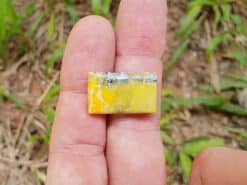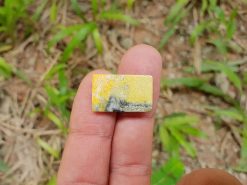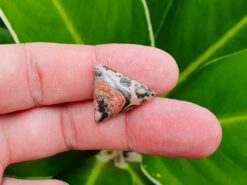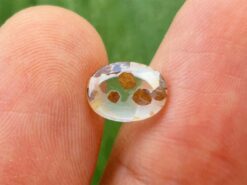What are birthstones?
We would like to inform you that the concept of birthstones is not rooted in scientific fact. It does not stem from the field of gemological science but rather from cultural beliefs and historical traditions. Nonetheless, birthstones hold a significant place in popular culture, and many people are drawn to their meaning and symbolism. Below, we share the results of our research to provide you with the most comprehensive and accurate descriptions of birthstones across different cultures and timelines.
Birthstones | January | February | March | April | May | June | July | August | September | October | November | December
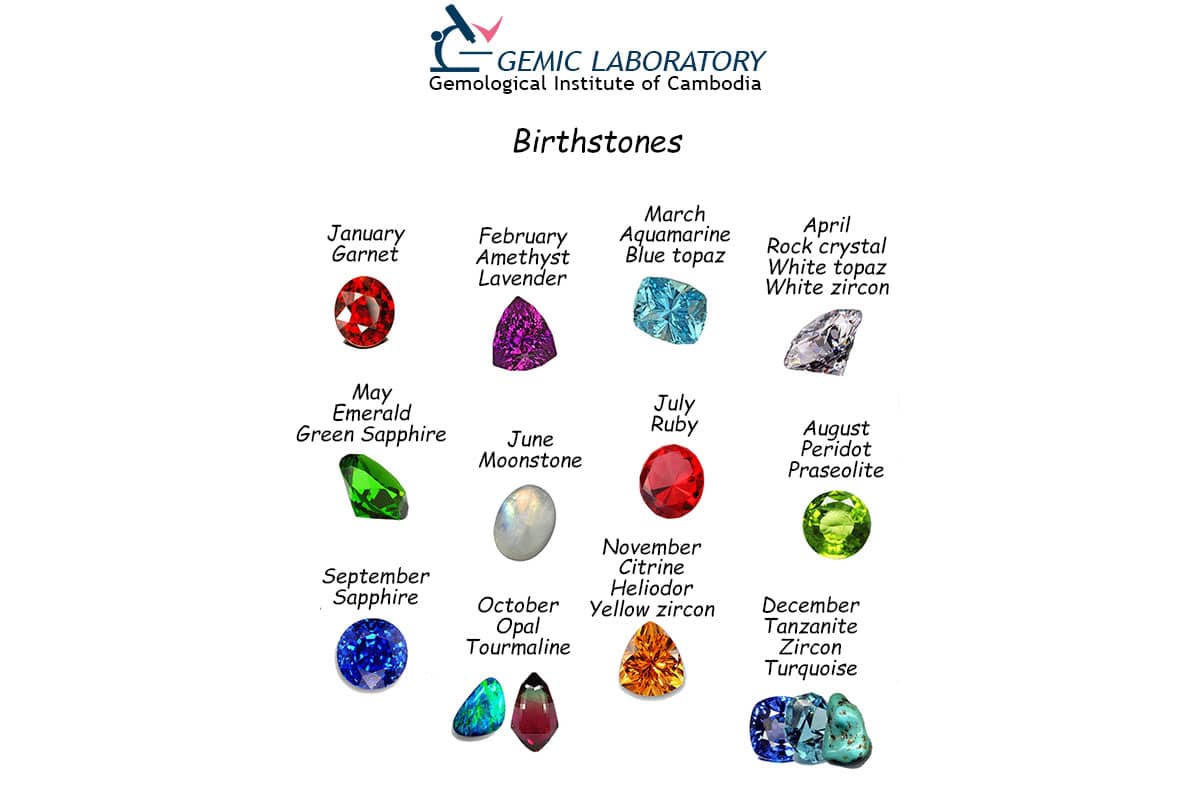
Introduction to Birthstones
What is a Birthstone?
A birthstone is a gemstone associated with a person’s birth month, believed to hold special significance and power. These gemstones are often used as symbols of personality, destiny, and protection. Over the centuries, various cultures have developed birthstone traditions, leading to different lists of birthstones that reflect cultural preferences and historical changes.
Assignment of Birthstones
Birthstones are typically assigned according to the month of birth, and modern lists incorporate traditions from different cultures, including Western and Eastern beliefs. Each month has specific stones associated with it, and while these associations have evolved, the essence of birthstones remains deeply connected to heritage and symbolism.
Western Customs
Origins of Western Birthstones
The use of birthstones has its roots in ancient texts and religious traditions. The Jewish historian Flavius Josephus, writing in the first century, believed there was a connection between the twelve stones set in Aaron’s breastplate, as described in the Book of Exodus, and the twelve months of the year, as well as the twelve signs of the zodiac. These stones were believed to correspond to the twelve tribes of Israel.
Interpretations of the Breastplate
However, the interpretation of the passage regarding Aaron’s breastplate has varied greatly over the centuries. Even Josephus himself provided two different lists for the twelve stones. Later, St. Jerome, another prominent historical figure, drew from Josephus’ writings to link these stones with the Foundation Stones of the New Jerusalem, making them appropriate symbols for Christians.
Association with Apostles
By the eighth and ninth centuries, religious treatises emerged that began associating each of the apostles with a specific gemstone, suggesting that these stones could represent their virtue. It became customary to keep twelve different stones and wear one each month.
Modern Adoption of Birthstones
The practice of wearing just one birthstone, however, is a more recent phenomenon, dating back only a few centuries. There is no universal agreement on when exactly this custom began, but some scholars, including George Frederick Kunz, trace its origins to 18th-century Poland. On the other hand, the Gemological Institute of America suggests that this tradition began in 16th-century Germany.
Modern Birthstone Lists
Interestingly, the lists of birthstones that we see today are not closely linked to either the breastplate of Aaron or the Foundation Stones. Instead, modern birthstone lists have largely been shaped by tastes, customs, and the commercial interests of the jewelry industry, often far removed from the historical and religious contexts that first inspired them. One prominent critic, George Frederick Kunz, famously referred to the 1912 Kansas list as “nothing but a piece of unfounded salesmanship.”
Traditional Birthstones
Cultural Heritage and Symbolism
Traditional birthstones are based on historical societies’ choices and preferences. These stones often reflect the values, symbolism, and beliefs of different cultures. In English-speaking societies, there are poems and verses that associate each month with a specific gemstone. These verses reflect a cultural heritage that assigns attributes and virtues to each birthstone, emphasizing the role of gemstones in daily life and belief systems.
Evolution of Traditional Birthstones
The table below provides details of traditional and modern birthstones, showing the evolution of these lists from ancient times to modern-day commercial choices. This includes not only the stones popular in different regions but also variations that have emerged over time due to cultural influences and reinterpretations.
Gemstones and Good Fortune
The tradition of linking each gemstone to a month has developed into the practice we know today, where specific gemstones are said to bring good fortune, health, or protection to those born under them.
Modern Birthstones
Standardization of Birthstones
In 1912, an effort was made by the American National Association of Jewelers, now known as Jewelers of America, to standardize the list of birthstones. This standardization led to an official list, which has since become widely accepted, especially in the United States. This list was further updated in 1952 when the Jewelry Industry Council of America introduced a few new additions, such as Alexandrite for June, citrine for November, and pink tourmaline for October.
Further Updates
Additional changes included replacing December’s lapis lazuli with zircon and changing the primary and alternative gemstones for March. Later, in 2002, tanzanite was also added as a December birthstone. Most recently, in 2016, the American Gem Trade Association and Jewelers of America added spinel as an additional birthstone for August.
British Standardization
Britain’s National Association of Goldsmiths also issued a standardized list of birthstones in 1937. While these lists vary slightly depending on the region, they share the common goal of associating each birth month with a specific gemstone, offering individuals a connection to their birthstone’s perceived qualities and energy.
Eastern Traditions
Astrological Birthstones
Eastern cultures have their own approach to birthstones, associating gemstones with celestial bodies rather than individual birth months. In this tradition, astrology is used to determine the most appropriate gemstones for a person, with the belief that certain gemstones align with the cosmic energies present at the time of birth.
Hindu Navagraha
For example, in Hinduism, there is the concept of the Navagraha, which refers to nine celestial forces, including planets, the sun, and the moon. These forces are represented by nine gemstones known as Navaratna (“nine gems”). The placement of these celestial bodies at the time of birth is believed to influence one’s destiny, and wearing certain gemstones can help align oneself with beneficial cosmic influences while warding off negative energies.
Birthstones by Cultures
Differences in Birthstone Assignments
Different cultures have historically had different gemstones associated with birth months, and these have been influenced by various religious, historical, and astrological beliefs. Below is a detailed table showing the differences in birthstone assignments across different time periods and geographical areas.
| Month | 15th – 20th century | U.S. (1912) | U.S. (2016) | Britain (2013) |
| January | garnet | garnet | garnet | garnet |
| February | amethyst, hyacinth, pearl |
amethyst | amethyst | amethyst |
| March | bloodstone, jasper | bloodstone, aquamarine |
aquamarine, bloodstone |
aquamarine, bloodstone |
| April | diamond, sapphire | diamond | diamond | diamond, rock crystal |
| May | emerald, agate | emerald | emerald | emerald, chrysoprase |
| June | cat’s eye, turquoise, agate |
pearl, moonstone | pearl, moonstone, alexandrite |
pearl, moonstone |
| July | turquoise, onyx | ruby | ruby | ruby, carnelian |
| August | sardonyx, carnelian,moonstone, topaz | sardonyx, peridot | peridot, spinel | peridot, sardonyx |
| September | chrysolite | sapphire | sapphire | sapphire, lapis lazuli |
| October | opal, aquamarine | opal, tourmaline | opal, tourmaline | opal |
| November | topaz, pearl | topaz | topaz, citrine | topaz, citrine |
| December | bloodstone, ruby | turquoise, lapis lazuli | turquoise, zircon, tanzanite |
tanzanite, turquoise |
Importance of Birthstones
Cultural and Historical Significance
Birthstones remain a captivating topic for many, connecting people to the ancient past through cultural traditions and beliefs. Whether based on Western customs, modern updates, or Eastern astrological influences, birthstones continue to hold value, both aesthetically and symbolically, for people around the world.
Modern-Day Interpretations
Understanding birthstones requires acknowledging the blend of historical, cultural, and even commercial influences that have shaped the lists we know today. Though not scientifically proven, birthstones are a cherished part of human tradition, and they offer a unique glimpse into how gemstones can be used to represent identity, personality, and hope.

